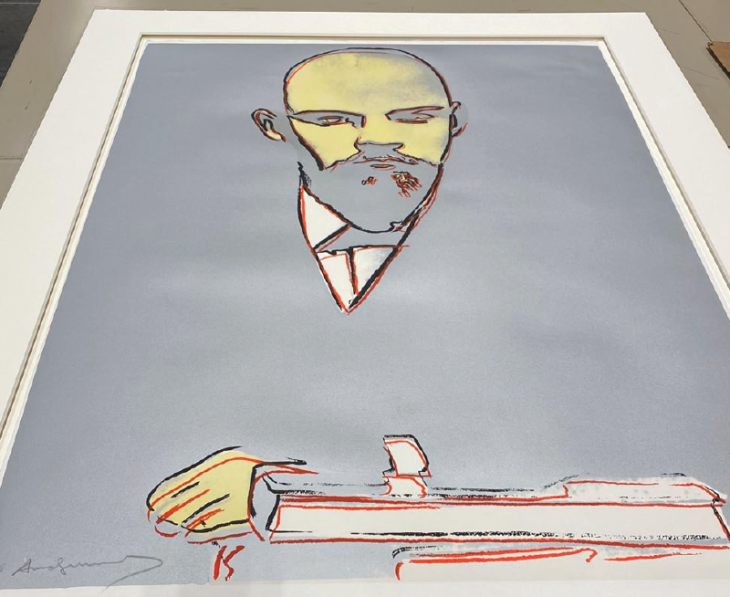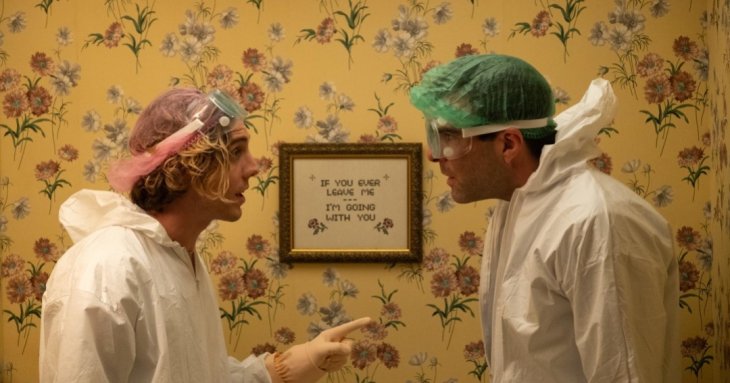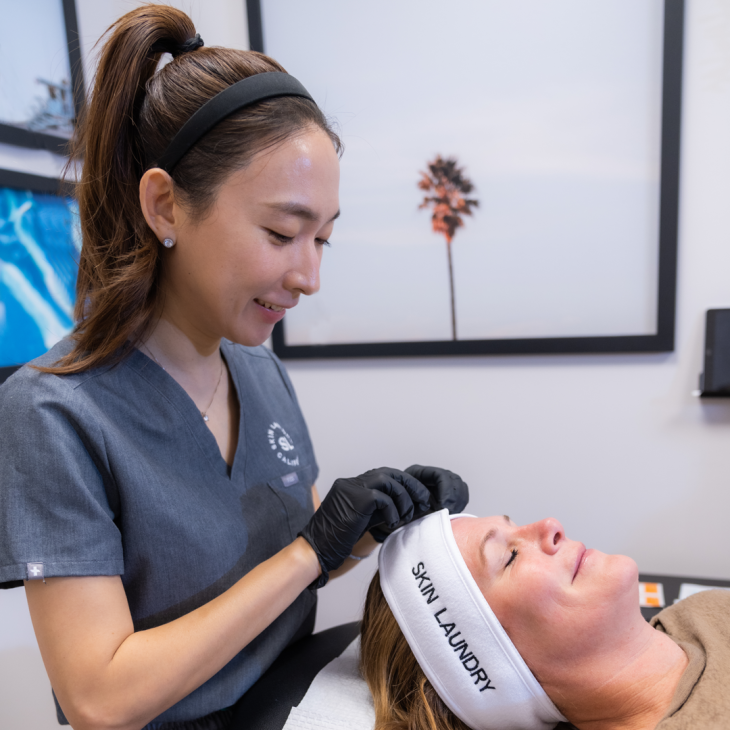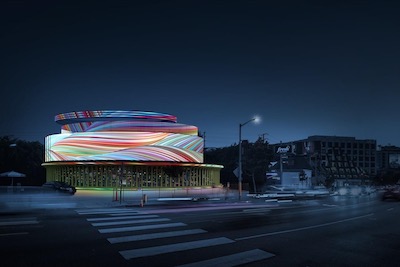In today’s society, people cultured female are often raised using makeup from adolescence. However, for transgender women who undergo gender transition later in life, the task of makeup application can be daunting.
To help alleviate that anxiety, the Transgender Surgery and Health Program at Cedars-Sinai – one of only two academic medical centers in the western U.S. that offer gender-affirming genital surgery – now offers makeup lessons, an important piece of the transition process, program Director Maurice Garcia said.
“It can create significant anxiety,” Garcia said. “Our program lets women ask any and all makeup-related questions and learn from a professional how to best use makeup to present their true selves to the world, with pride and confidence.”
Garcia said that cisgender women learn makeup skills earlier in life from family and peers, but women who transition as adults miss “confidence-boosting experience” makeup application provides.
Cedars-Sinai offers two makeup services: a personalized, post-surgery makeup lesson before a patient leaves the hospital and workshops with other transgender women after a patient heads home. In addition to the makeup programs, the hospital also provides hormone management, voice and speech therapy, fertility preservation and mental health services for transgender patients.
“Our top goal is to treat the entire patient uniquely and offer services and support for them far beyond surgery,” Garcia said.
MAC makeup artist Kris Jorgensen volunteers with Cedars-Sinai volunteer to help transgender patients navigate the makeup aisle, learn how to apply cosmetics and feel comfortable with their new look.

“Makeup is for everyone,” Jorgensen said. “Some women play with it from the first moment they see their mother put on lipstick. Others might not get to it until adulthood. But every woman deserves to look as good as she feels.”
While no one makeup tip is universal, Jorgensen said, there is one piece of advice he always offers first-time clients: “Stay away from rules! Don’t let anyone tell you that you can’t wear blue eyeshadow or that eyeliner should be applied only for evening events.” He said that makeup application should be as unique as the person applying it.
Jorgensen’s Basic Tips to Avoid Looking Basic:
- Employ a color corrector cream (for dry skin) or liquid (for oily skin) to decrease the appearance of darkness around the eyes and any area with facial hair.
- Use a foundation primer to help disguise large pores. A primer also helps foundation last longer.
- Apply foundation before applying concealer. It looks smoother, especially around the eyes.
- Find a makeup artist and a store you can trust.
- Remember that makeup merely helps achieve your personal vision of your best self—so have fun with it and be true to yourself. If you want to wear sparkly eyeshadow, go for it. And if you want a more natural look, that’s fine, too.
Makeup artists interested in joining the Cedars-Sinai volunteer program can contact Camille Camello in Volunteer Services, at CamelloC@cshs.org or (310) 423-8044.
, .























